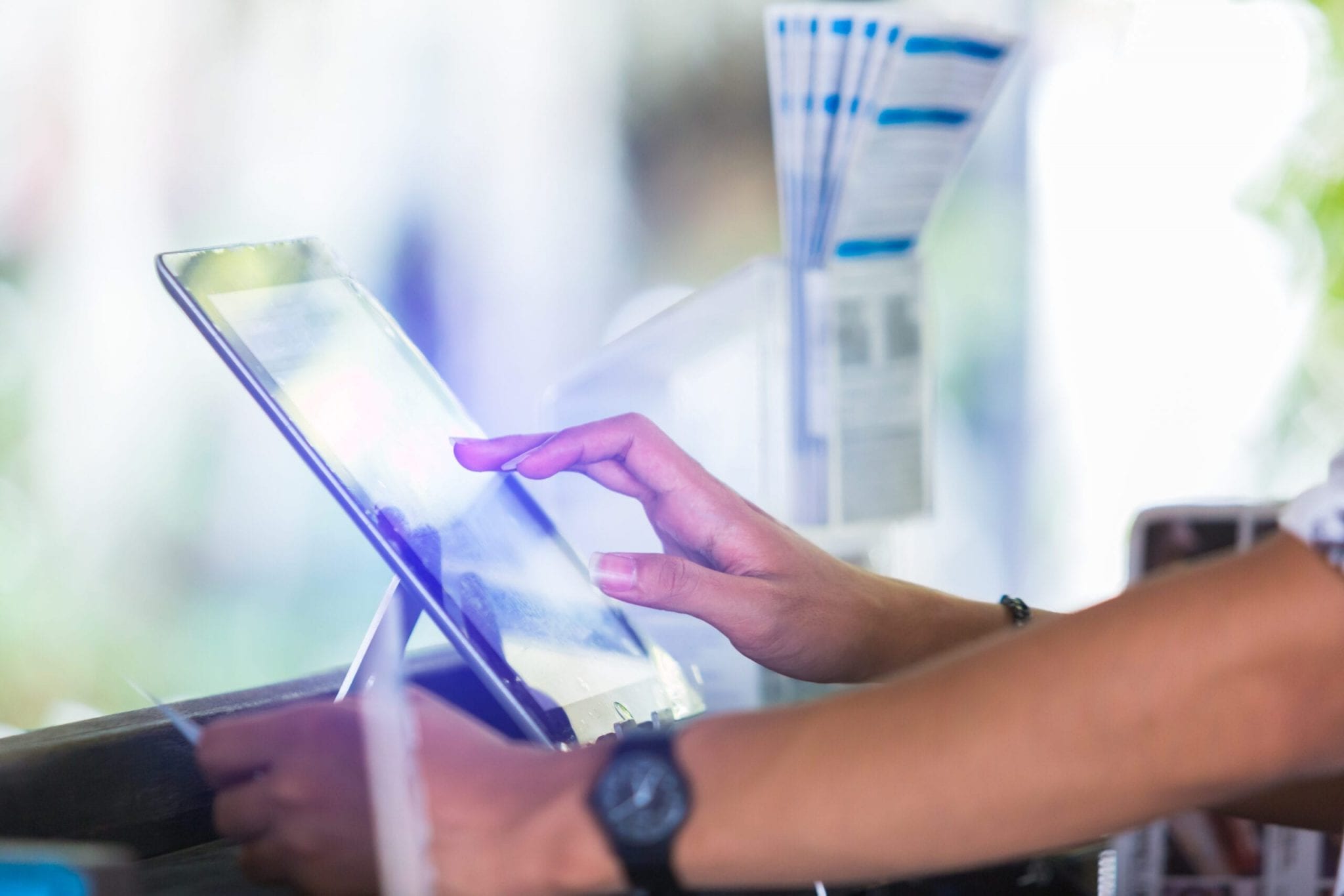The newest hire at your startup walks in sporting snazzy boots that are work-appropriate and waterproof. “I need some waterproof boots,” you whisper to yourself. You search a bit online and then return to your current project.
An hour later, ads for the exact type of boots you’re considering fill your Instagram and Facebook feeds. Some brands are offering holiday discounts, so you compare reviews online and find the perfect pair. Pulling up the product page on your smartphone, you text it to your parents saying, “finally found something I want for the holidays!” Before your lunch break, your parents are all set for holiday shopping.
The crowds of agitated shoppers clawing over the season’s top-pick toy, like in the ‘90s classic “Jingle All the Way,” will soon be nothing but a cultural memory. The years that necessitated brick-and-mortar shopping for the holidays are mostly behind us. 2018 marked the official transition when more people shopped exclusively online than in-store, and developments in modern tech are responsible for that monumental shift.
These advances have helped those who prefer the solitude of home avoid holiday crowds altogether. According to a recent PayPal study, 59 percent of American shoppers find holiday shopping stressful. Those polled would rather shovel snow, text their boss over the weekend, or go to the dentist than brave a traditional retail experience during this time of year.
59 percent of American shoppers find holiday shopping stressful. Those polled would rather shovel snow, text their boss over the weekend, or go to the dentist than brave a traditional retail experience during this time of year.
71 percent of consumers researched their holiday purchases using a laptop, tablet, or smartphone. Staying online for holiday shopping allows a consumer to compare prices between brands, find the best deals, and head to YouTube for in-depth reviews of the latest tech, clothing, makeup, and other must-own items.

Instead of planning out a route around the mall or multiple driving destinations, more than half of consumers now plan to do their holiday shopping while watching TV, the same PayPal study says. Which tech developments have made finding and purchasing the ideal gift for family and friends such a relatively simple task?
Quite simply, online shopping becomes more personalized and painless each year. Retailers have developed user-friendly mobile apps that allow a consumer to go from research to the checkout process in a matter of minutes.
In fact, 65 percent of millennials plan to make big holiday purchases on a mobile device. As our hypothetical boot-buyer demonstrates, toggling between Instagram, Chrome, and Venmo makes holiday shopping a smartphone-centric experience.
The shopping process, in general, is streamlined by online content. With a few keywords typed into a search bar, shoppers can find roundups of the most popular products this year for different types of buyers – outdoor enthusiasts, sports fanatics, techies, and fashionistas. Cookies store consumers’ search history and past purchases so advanced algorithms can point them in the right direction with a few pieces of information. Ads on social media spark ideas and reading user reviews and professional breakdowns only takes a moment.
While PayPal has been around for years, the development of other online wallets like Venmo have made online shopping easier, especially for users who don’t want to enter their credit card information every time.
Even when shoppers brave their favorite stores to fit in holiday shopping, they shouldn’t be surprised if the associates at Gap or Express complete their order with a tablet in-hand. Tablets and mobile devices are revolutionizing the possibilities of retail, eliminating the need for printing, and making processes like finding other sizes and styles online instantaneous.

When checking out a customer, an employee at Sephora or L. L. Bean can walk through the entire process using a mobile device in the exact sequence that a customer would when shopping at home. Brick-and-mortar apparel stores have embraced the functionality of online shopping while providing shoppers something they can’t get online – trying on clothes and handling products in-person.
79 percent of adult consumers prefer to try on an item before buying, according to apparel industry research by The NPD Group. “While online sales may be growing faster, it is key to make the in-store shopping experience personal for the consumer as in-store accounts for the lion’s share of apparel dollars,” says Maria Rugolo, an apparel industry analyst.
While online sales may be growing faster, it is key to make the in-store shopping experience personal for the consumer as in-store accounts for the lion’s share of apparel dollars.
Even with these occasional visits to the store, the transition to online shopping is still an asset for apparel brands. As consumers find their fit in-store, they can easily order similar items without leaving the comfort of their couch. Cyber Monday and the future of holiday shopping is all about ease – with an hour of free time and a few clicks, anyone can have wrapped gifts from their family’s wish list delivered across the globe.
